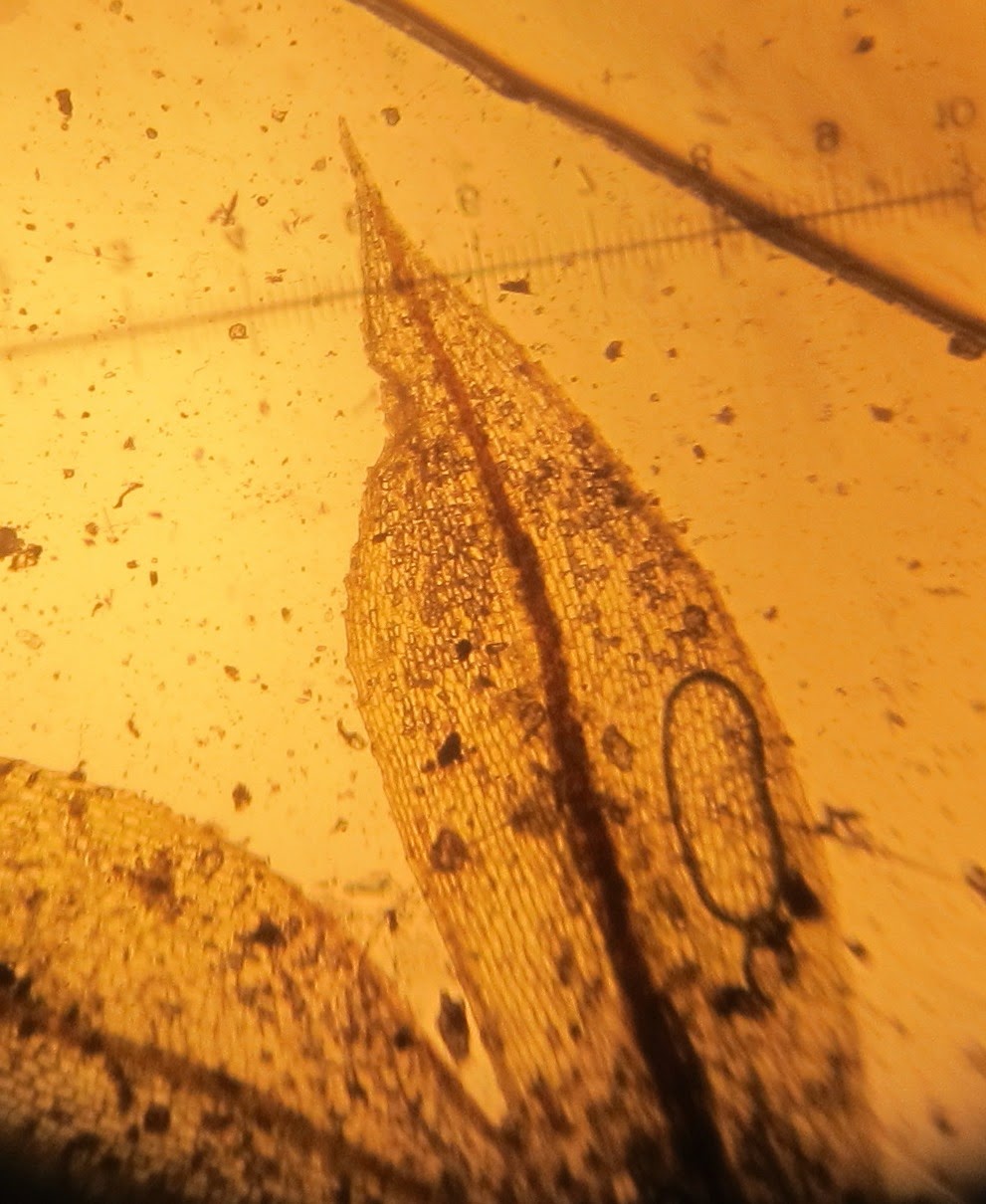I spent a full day on the Pendine dunes today, thanks to an Unaccompanied Pass organised for me. The primary aim was to survey as many track edges and other areas for
Petalophyllum as possible to inform future works by the MOD: something I started in
ad hoc accompanied sessions on 4+ days over the last 5 years, but always struggled with because of a combination of a) some ranges always being off limits during the week and b) the difficulty of surveying when accompanied by somebody looking totally bored.
My target species was extremely elusive: it has gone from the far eastern Range where David Holyoak found it in 2002 and from most of the C9 Test Track, and was absent from various suitable-looking patches elsewhere. The easternmost site has now developed really nice calcareous vegetation, with abundant
Pleurochaete (new to Carms), locally frequent
Didymodon acutus (2nd vc colony), frequent
Encalypta streptocarpa &
Ditrichum gracile etc, but liverworts were absent and I assume succession has knocked out Petalwort in the last 13 years. The next patch I checked had been touted by David Holyoak as ideal habitat in 2002, but it still held no Petalwort, although two tiny patches of
Abietinella abietina (3km E of the other extant Carms colony) were pleasing. I'm sure the vegetation has developed a lot, as David would never have missed the great abundance of
Pleurochaete at the first site, nor I suspect the
Abietinella,
Didymodon acutus here and at C9 etc.
I finally found
Petalophyllum along the C9 track, but in far smaller quantity than in 2002, again because of succession: in this case blown sand burying the area alongside the track that previously held the liverwort. The only remaining patches were a) on the sandy edges of a concrete pad (crap iPod photo below, as I didn't take a camera) and b) on the edge of the road along the test track.
Wall to wall sun, 15+ Wheatear, 3+ Willow Warbler and a flyover Tree Pipit were bonuses, as were 2 Swallow over St Clears on my way home.




%2B25.4.15%2BMichaelston-le-pit%2BDSCN3718.JPG)








































